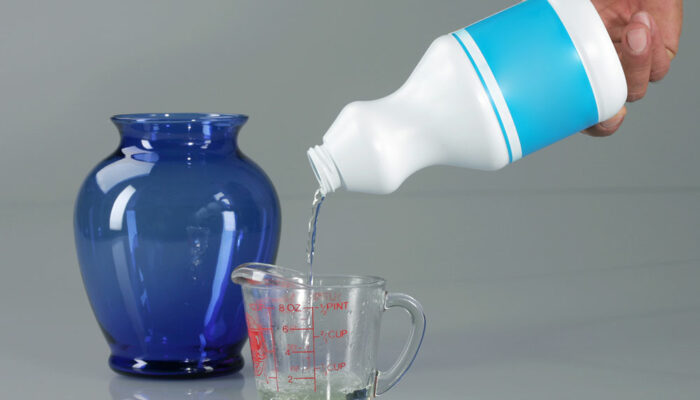
Health
9 silent signs of skin cancer to watch out for
Skin cancer, one of the most prevalent cancers worldwide, often manifests subtly, silently, and stealthily. Unlike more aggressive cancer types, it can be initially inconspicuous, making it essential to recognize the silent signs. Timely diagnosis can help manage the condition better and improve one’s quality of life in the long run. This post explores these subtle yet significant indicators of skin cancer, empowering individuals to take proactive steps for early detection and prevention. Persistent itching or pain Skin cancer can begin as an innocuous patch of skin, often accompanied by persistent itching or discomfort. These sensations may initially be dismissed as minor irritations but should not be taken lightly. While itching or pain alone does not confirm skin cancer, it can be an early warning sign, particularly when coupled with other symptoms. Change in skin texture The silent signs of skin cancer may include skin texture changes. One should pay attention to areas that become scaly, crusty, or rough without an apparent cause, such as an injury or rash. These changes may develop gradually and may not be noticed at first. Unusual or irregular moles Moles are often benign, but they can become malignant over time. Individuals should keep an eye on moles for any size, shape, color, or texture changes.
Read More 








